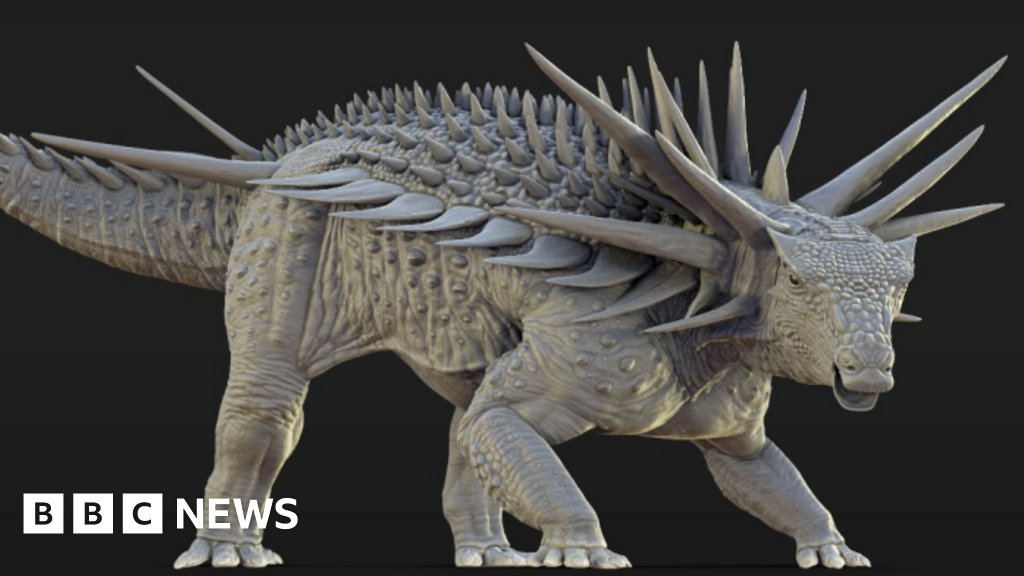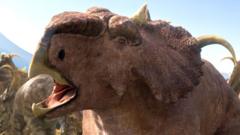Scientists have announced a groundbreaking discovery of a new dinosaur species, Khankhuuluu mongoliensis, which could change the way we view the evolutionary history of tyrannosaurs, the family that includes the legendary T.rex. The findings, published in the journal Nature, focus on two 86 million-year-old skeletons found in a Mongolian museum.
Prof. Darla Zelenitsky, a palaeontologist from the University of Calgary, indicated that this newfound species is the closest known ancestor of all tyrannosaurs. The name "Khankhuuluu" means "Dragon Prince of Mongolia," reflecting its status as an early and smaller tyrannosauroid predator. While T.rex is a well-known giant, Khankhuuluu weighed only about 750 kg—much lighter compared to its more massive descendants.
PhD student Jared Voris, who led the research, emphasized that Khankhuuluu represents an important evolutionary pivot from small predatory dinosaurs to the powerful tyrannosaurs we know today. Its unique skull features highlight the early development of the strong jaws essential for the survival of these fearsome predators.
Interestingly, the two skeletons, which were previously thought to belong to a different species, Alectrosaurus, help reveal a clearer picture of the evolutionary journey taken by tyrannosaurs as they moved across land bridges between North America and Asia. As Prof. Zelenitsky articulated, this discovery not only provides insight into the past but also illustrates that tyrannosaurs had modest beginnings before claiming their throne as apex predators.
















